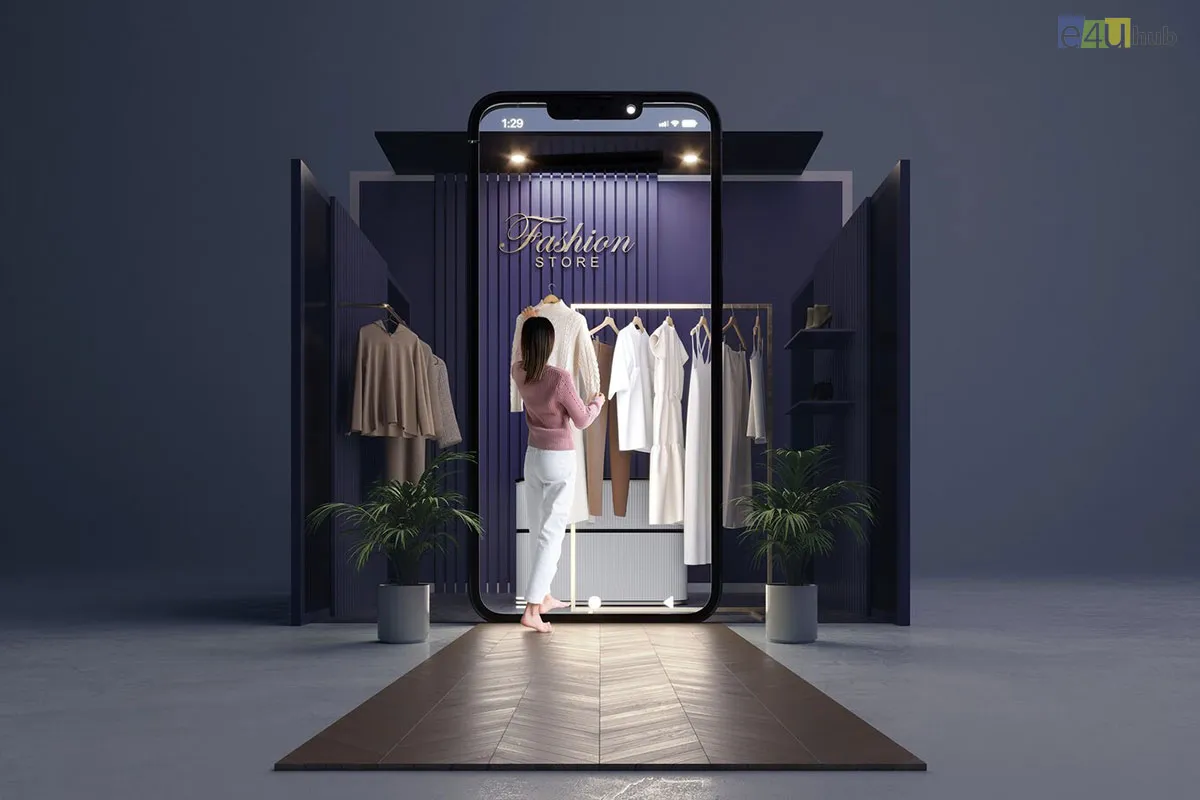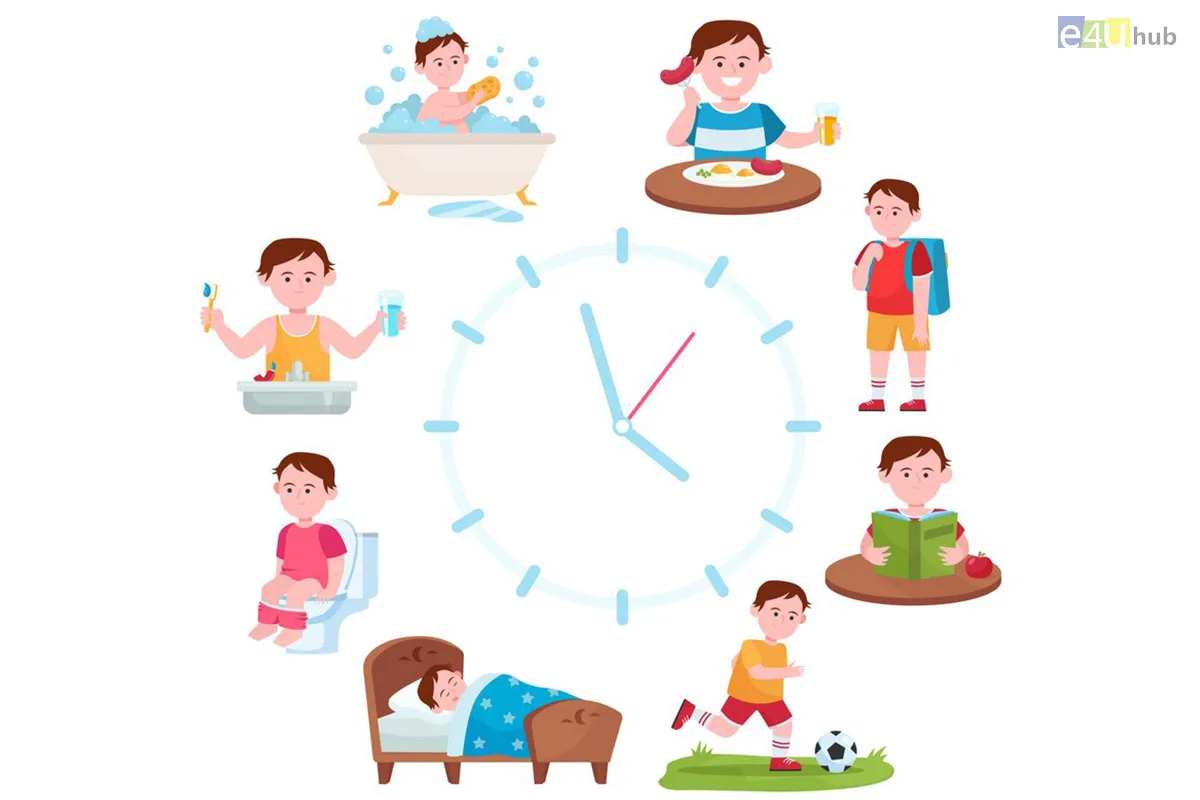
Discuss the intersection of fashion and technology
The intersection of fashion and technology represents a dynamic and continually evolving field, where innovations enhance the design, production, distribution, and even the consumption of fashion. Here's a comprehensive overview of this intersection:
1. Digital Fashion Design:
a) Computer-Aided Design (CAD): Fashion designers use CAD software to create digital prototypes, enabling rapid design iterations and reducing waste associated with physical samples.
b) 3D Printing: Designers utilize 3D printing technology to create intricate and customized fashion pieces, revolutionizing the manufacturing process and allowing for unique designs.
2. Smart Fabrics and Wearables:
a) Smart Textiles: Fabrics integrated with sensors and microelectronics allow for functionalities such as temperature regulation, moisture detection, and even health monitoring.
b) Wearable Technology: Fashionable wearables like smartwatches and fitness trackers merge technology seamlessly with clothing, enhancing user experience and accessibility.
3. Virtual and Augmented Reality (VR/AR) in Fashion:
a) Virtual Fashion Shows: Designers host virtual fashion shows, enabling global audiences to experience fashion events in immersive 3D environments.
b) Virtual Try-Ons: AR applications allow consumers to try on clothing and accessories, enhancing the online shopping experience and reducing returns.
4. E-Commerce and Online Retail:
a) Personalized Shopping: AI algorithms analyze user preferences and behaviors, providing personalized product recommendations and improving the online shopping experience.
b) Blockchain in Fashion: Blockchain technology enhances supply chain transparency, enabling consumers to trace the journey of products from manufacturers to retailers, ensuring authenticity and ethical sourcing.
5. Sustainable Fashion Tech:
a) Recycled Materials: Technology aids in the development of fabrics made from recycled materials, reducing the environmental impact of fashion production.
b) Waterless Dyeing: Innovative dyeing techniques, such as waterless and digital printing, minimize water usage and chemical waste.
6. Fashion and Social Media:
a) Influencer Marketing: Social media platforms facilitate influencer collaborations, driving trends and shaping consumer preferences.
b) Social Commerce: Integrating shopping features within social media platforms allows for direct purchasing from posts, enhancing the seamlessness of online shopping.
7. Mass Customization:
a) 3D Body Scanning: Technology like 3D body scanning enables precise measurements, facilitating the creation of custom-fit clothing for individual consumers.
b) Mass Customization Platforms: Online platforms allow consumers to customize apparel and accessories, choosing colors, patterns, and styles according to their preferences.
8. Fashion Tech in Sustainability:
a) Wearable Recycling: Fashion tech innovations focus on creating recyclable and biodegradable wearables, reducing fashion's impact on landfills.
b) Energy-Harvesting Fabrics: Fabrics embedded with solar cells or kinetic energy harvesters power wearable devices, making them sustainable and self-sufficient.
9. Future Trends:
a) AI-Generated Designs: Artificial intelligence algorithms create innovative and trendsetting fashion designs, leading to new creative expressions.
b) Emotional Apparel: Smart clothing designed to sense emotions and respond with color changes or patterns, enhancing the wearer's emotional well-being.
The intersection of fashion and technology continues to revolutionize the industry, offering exciting possibilities for creativity, sustainability, and consumer engagement. As technology continues to advance, it will undoubtedly shape the future landscape of fashion in profound ways.





Leave a Reply